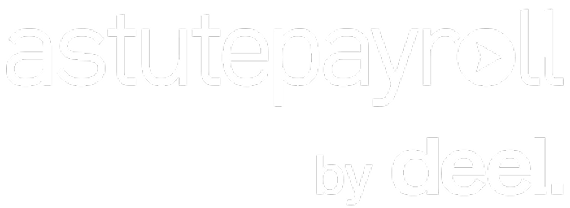A Private Blog Network (PBN) is a network or collection of websites that are owned and controlled by the same individual or group. The main goal of a PBN is to build backlinks to a primary website to artificially boost its visibility and authority in search engine results.
While this may seem beneficial in the short term, PBNs are considered link schemes, a black hat SEO technique, which violates Google’s webmaster guidelines. If Google discovers that you’re using a PBN to manipulate your site’s rankings, you could face a manual action, which may lead to a significant drop in your site’s visibility or, in severe cases, removal from search results altogether.
So, how does it work?
Backlinks are a Google ranking factor. It indicates to search engines that your content is relevant, trustworthy and informative enough for other websites to link to.
Let’s say you own several blogs across different topics. You can link from these blogs to your main site. When search engines see these links, they interpret them as votes of confidence, suggesting that your main site is valuable and worth ranking higher. This can lead to increased organic traffic, which is a goal for many website owners.
Why Do People Use PBNs?
Despite being risky, costly and time consuming, many website owners turn to PBNs as a shortcut to improve their search rankings.
Natural link building is hard, and may not always turn out how we want them too. PBNs can be particularly attractive for those looking to gain an edge quickly without relying solely on traditional outreach methods.
Another reason why people use PBNs is because they have full control over the anchor text used in their backlinks. Good anchor texts in clear and informative, telling both users and search engines what the linked page is about.
However, in traditional backlink building, you have little control over what an external website might use to link to your website. This can be frustrating, especially if you’re trying to optimise for specific keywords.
With PBNs, you can tailor the anchor text to match your targeted keywords precisely, making it seem more relevant to search engines. Just remember that this control can also lead to unnatural patterns in link building, which search engines can easily detect!
The Risks Of PBNs
Search engines like Google don’t look kindly on artificial link-building schemes, and if they catch you using a PBN, your site could face penalties. These are some of the most common risks:
- Your Links Are Ignored: Today, Google’s algorithms can easily detect unnatural link patterns. If they identify your backlinks as manipulative, those links will simply be ignored, rendering your efforts useless.
- You Get a Manual Action: Some websites are also at risk of receiving a manual penalty through Google Search Console. These are issued by real Google reviewers, and will result in a drop in rankings and in some serious cases, your website may be deindexed entirely.
- Loss Of Rankings: When Google penalises a site for using PBNs, it can cause a dramatic drop in rankings, as all of the artificial link-building effort is devalued.
- Loss Of Traffic: On top of that, this also leads to a significant decrease in organic traffic, hurting your website’s ability to attract visitors and, ultimately, impacting your online presence.
PBN Best Practices
What is the best practice for PBNs? Avoid them altogether! They might offer quick wins, but the risks—like penalties, loss of rankings, and reduced traffic—far outweigh any short-term benefits.
If you’ve used PBN links in the past or suspect that your site has some, use Google’s Disavow Tool to tell search engines to ignore harmful links. PBN links are links that are unnaturally placed, have exact match anchor text and come from low-quality websites that have little to no organic traffic.
When building backlinks, prioritise outreach instead. By reaching out to reputable sites, provide valuable content, and let your links grow naturally for sustainable SEO success.










